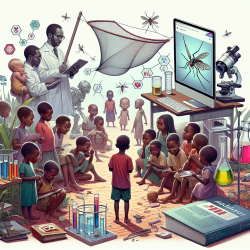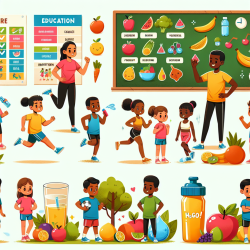Introduction
In the realm of conflict-related sexual violence (CRSV), much of the focus has historically been on women and girls. However, a recent systematic realist review highlights the need for targeted health interventions for male and LGBT survivors, particularly in low-and middle-income countries. The review, titled "Male and LGBT survivors of sexual violence in conflict situations: a realist review of health interventions in low-and middle-income countries," provides a comprehensive analysis of existing interventions and their effectiveness. This blog aims to explore the key findings and implications for practitioners working with these populations.
Understanding the Unique Needs of Male and LGBT Survivors
The review underscores the significant gap in research and interventions tailored specifically for male and LGBT survivors of CRSV. Unlike female survivors, male and LGBT individuals face unique challenges, including societal stigma, misconceptions about masculinity, and a lack of targeted support services. These factors contribute to underreporting and inadequate access to care.
For practitioners, it is crucial to recognize these unique needs and adapt interventions accordingly. This involves creating safe spaces for disclosure, offering gender-sensitive counseling, and ensuring that health services are inclusive and non-discriminatory.
Key Findings from the Review
- Lack of Gender-Specific Interventions: The review found that most interventions do not disaggregate data by gender, and few are specifically designed for male or LGBT survivors. This highlights the need for more inclusive research and intervention design.
- Importance of Community Engagement: Community sensitization and awareness campaigns are vital in reducing stigma and encouraging survivors to seek help. Practitioners should engage local leaders and community members to foster a supportive environment.
- Training for Healthcare Providers: The review emphasizes the need for training healthcare providers to recognize and respond to the needs of male and LGBT survivors. This includes understanding the psychological impact of CRSV and providing empathetic, non-judgmental care.
Implications for Practitioners
Practitioners working with male and LGBT survivors of CRSV should consider the following strategies to enhance their practice:
- Develop Gender-Specific Protocols: Tailor interventions to address the specific psychological and physical health needs of male and LGBT survivors. This may involve creating separate support groups or counseling sessions that focus on issues such as masculinity, identity, and stigma.
- Foster Inclusive Environments: Ensure that health facilities and support services are welcoming and inclusive for all survivors, regardless of gender identity or sexual orientation. This includes training staff to use appropriate language and understanding the cultural context of gender and sexuality.
- Advocate for Policy Change: Work with policymakers to develop and implement guidelines that recognize and address the needs of male and LGBT survivors. This includes advocating for legal protections and access to comprehensive health services.
Conclusion
The review provides a critical foundation for improving health interventions for male and LGBT survivors of CRSV. By understanding the unique challenges faced by these populations and implementing targeted, inclusive interventions, practitioners can significantly enhance the support and care provided to all survivors. To read the original research paper, please follow this link: Male and LGBT survivors of sexual violence in conflict situations: a realist review of health interventions in low-and middle-income countries.










